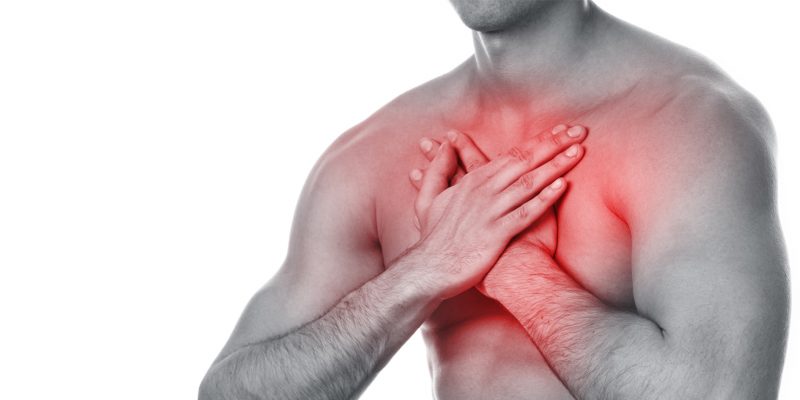
Emergency Department and Minor Injury Unit
You have been given this information because you have been diagnosed with a pneumothorax.
A pneumothorax (collapsed lung) occurs when air is trapped between a lung and the chest wall. This can occur from an injury, such as broken ribs or a wound to the chest, but commonly occurs spontaneously. Spontaneous pneumothorax is thought to be due to a tiny tear of an outer part of the lung.
Treatment of a pneumothorax
- A small pneumothorax may require no treatment
- A larger pneumothorax, that is causing shortness of breath, may be treated with a tube inserted into the chest known as a chest drain.
Recovering from a pneumothorax
Flying
If you currently have a pneumothorax you should not fly at all. This is because of the risk of the trapped air expanding and causing a tension pneumothorax (a life-threatening emergency), which can happen when the air pressure around you changes.
If you have had a recent pneumothorax you should have a chest x-ray performed prior to flying to ensure that it has resolved.
The risk of recurrence does not fall significantly for at least 1 year, and is higher in those with coexisting lung disease. You may wish to consider alternative forms of transport during this time.
Scuba diving
This also increases the risk of developing a tension pneumothorax.
You should not scuba dive if you have ever had a spontaneous pneumothorax. If your occupation relies on diving, you may be suitable for an operation to prevent recurrence and allow you to dive again.
You may be able to dive if you have had a traumatic pneumothorax, but this depends on further investigation. Please discuss this with your GP.
Follow-up after a pneumothorax
You will be given a clinic appointment to ensure your pneumothorax has resolved. This will involve a chest x-ray.
Seek medical attention
You should seek urgent medical attention if any of the following occur:
- Increased shortness of breath
- Severe sharp, stabbing chest pain (pleuritic pain)
Treating pain
If needed, painkiller options include the following:
Paracetamol is usually recommended for painful sprains or strains.
Non-steroidal anti-inflammatory drugs (NSAIDs) relieve pain and may also limit inflammation and swelling. You can buy some types (for example, ibuprofen) at pharmacies, without a prescription either topically as a cream, or as tablets. You should check the medication advice leaflet to ensure you are safe to take these as some patients with asthma or stomach ulcers may not be able to.
Further Information
For further advice and information about your condition, please choose from the following:
- ‘NHS Patient Choices’ website: www.nhs.uk
- ‘Making Lives Better’ patient website: www.patient.info
- Telephone NHS 111
- Contact your General Practitioner
Contact details
- The James Cook University Hospital, Marton Road, Middlesbrough, TS4 3BW
Telephone: 01642 850850 - The Friarage, Northallerton, North Yorkshire, DL6 1JG
Telephone: 01609 779911 - Redcar Primary Care Hospital, West Dyke Road, Redcar, TS10 4NW
Telephone: 01642 511000
If you have any medical concerns or need advice please contact 111, for further information regarding this leaflet please contact: [email protected] This email will be monitored 9am until 4pm Monday to Friday.
Email: [email protected]
Patient experience
South Tees Hospitals NHS Foundation Trust would like your feedback. If you wish to share your experience about your care and treatment or on behalf of a patient, please contact The Patient Experience Department who will advise you on how best to do this.
This service is based at The James Cook University Hospital but also covers the Friarage Hospital in Northallerton, our community hospitals and community health services.
To ensure we meet your communication needs please inform the Patient Experience Department of any special requirements, for example; braille or large print.
T: 01642 835964
E: [email protected]